There are certain things that can instantly transport you back to the feeling of being a kid. The smell of rain on hot pavement, the taste of a popsicle on a summer afternoon, and for so many of us, the simple joy of opening the newspaper to the funnies and finding a new Calvin and Hobbes strip . a deep and abiding friendship, and a surprisingly profound philosophy on life, all seen through the eyes of a six-year-old boy and his very real, very stuffed tiger. 😊
The Universe of Imagination : Where Cardboard Boxes Become Spaceships 🚀
The true genius of Bill Watterson’s creation lies in its celebration of the limitless power of a child’s imagination . For Calvin, the mundane world is merely a suggestion. The backyard isn’t just a yard; it’s a distant planet teeming with aliens, and he is the intrepid Spaceman Spiff, his trusty blaster at the ready. a snowy hill becomes a harrowing escape from a monstrous, pterodactyl-like creature.
18+ Daily Humor from Calvin and Hobbes Comics
#1
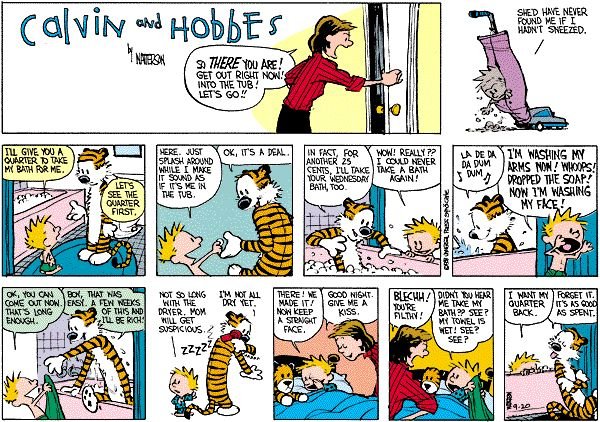
#2
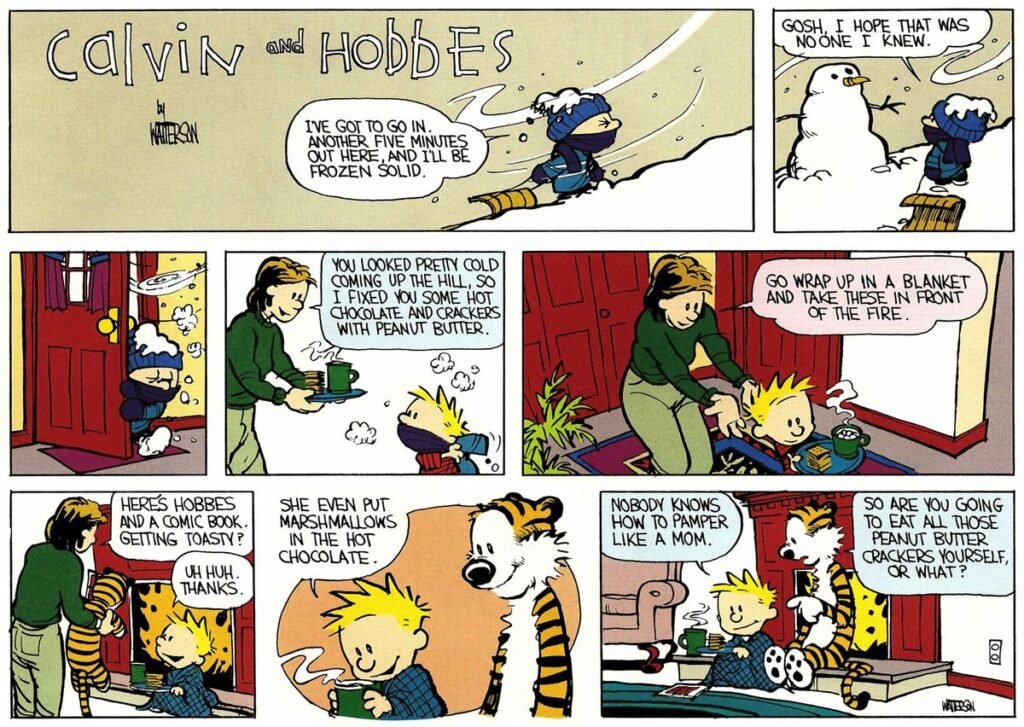
#3
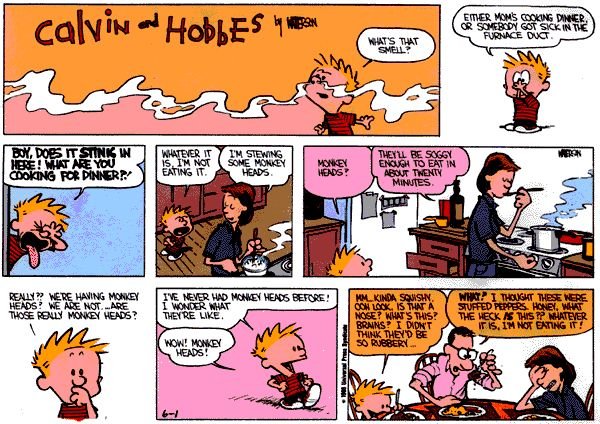
#4
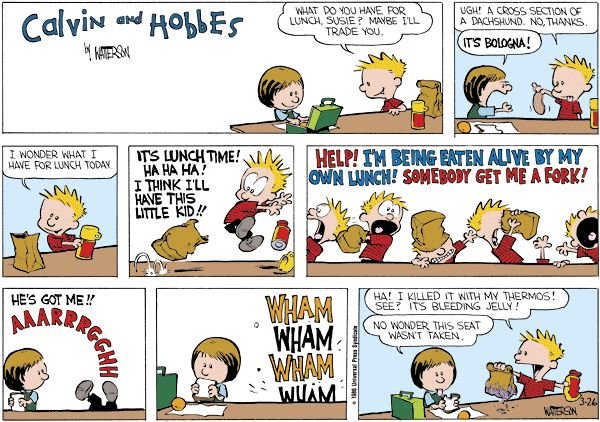
#5
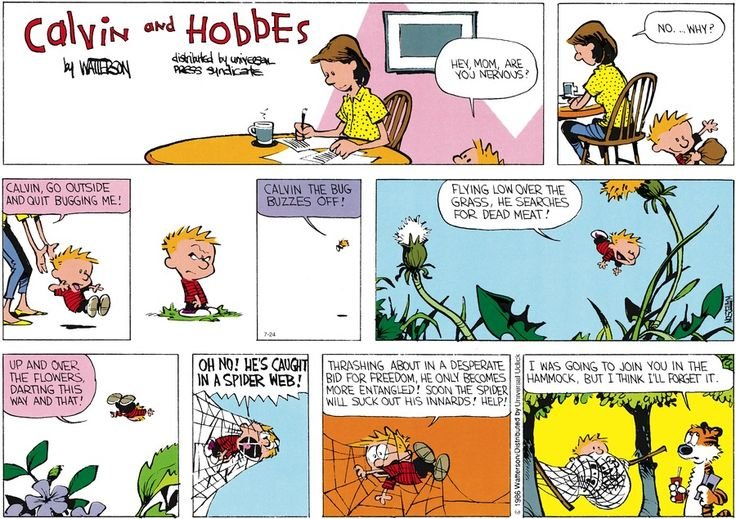
#6
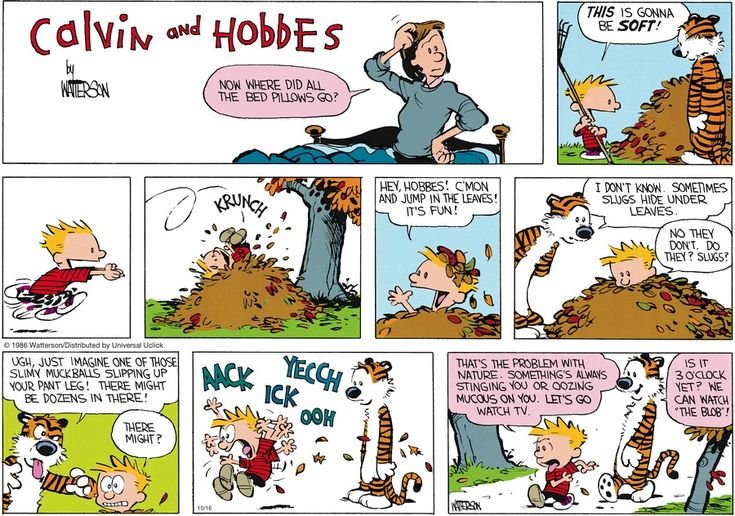
#7
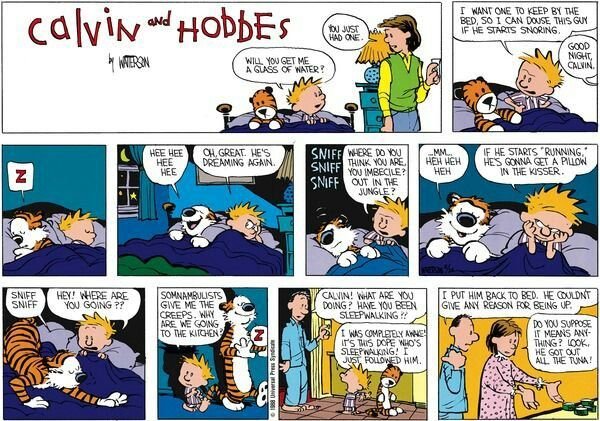
#8
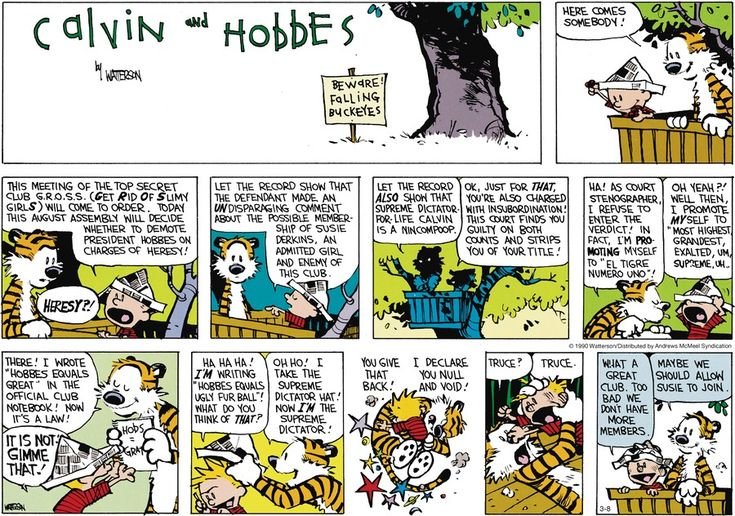
#9
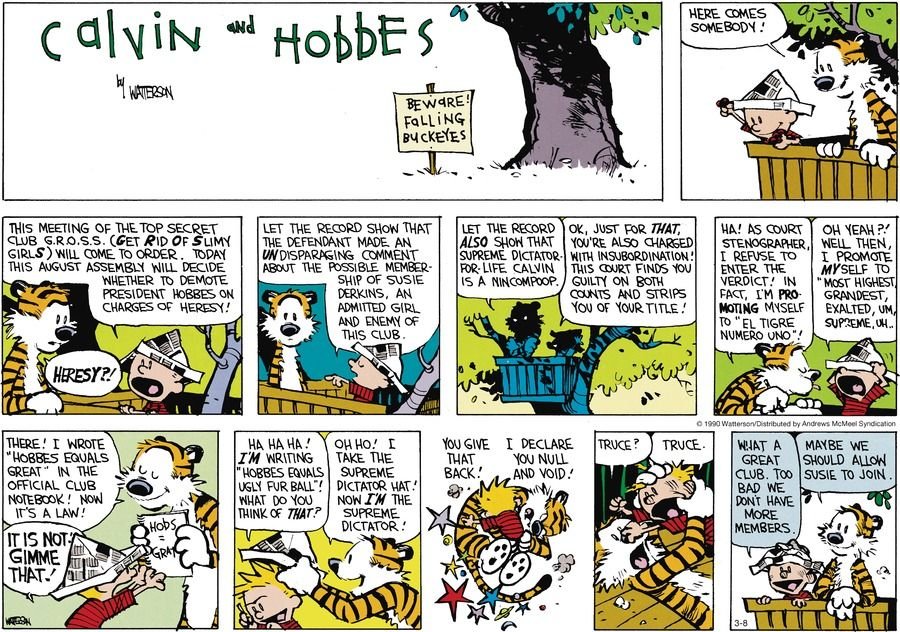
#10
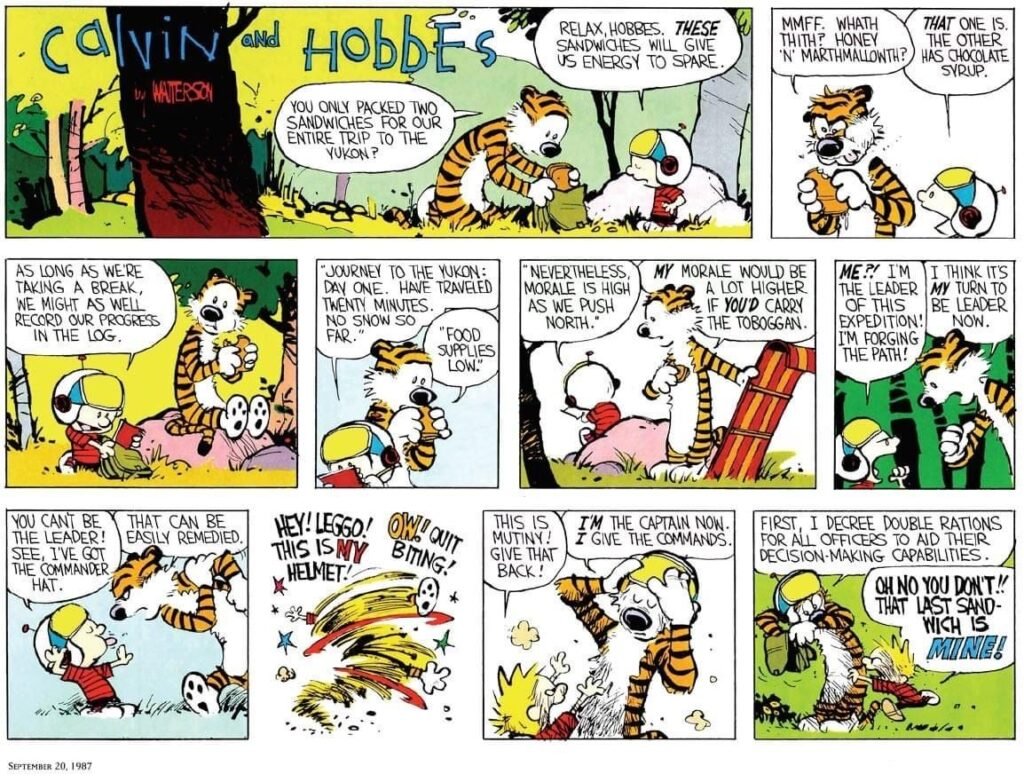
#11
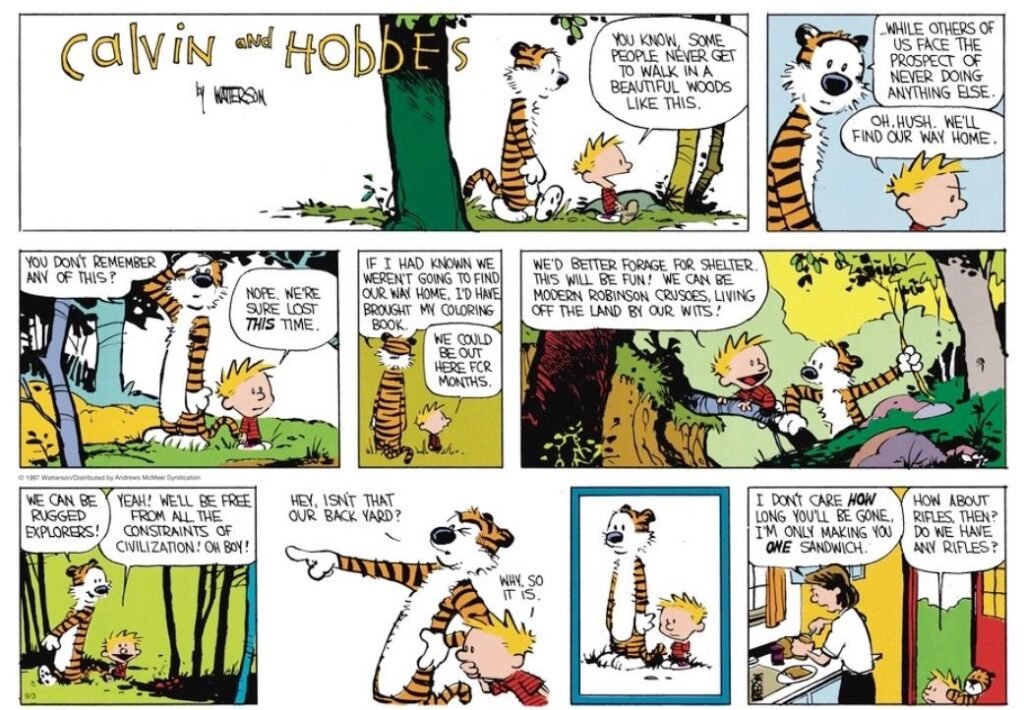
#12
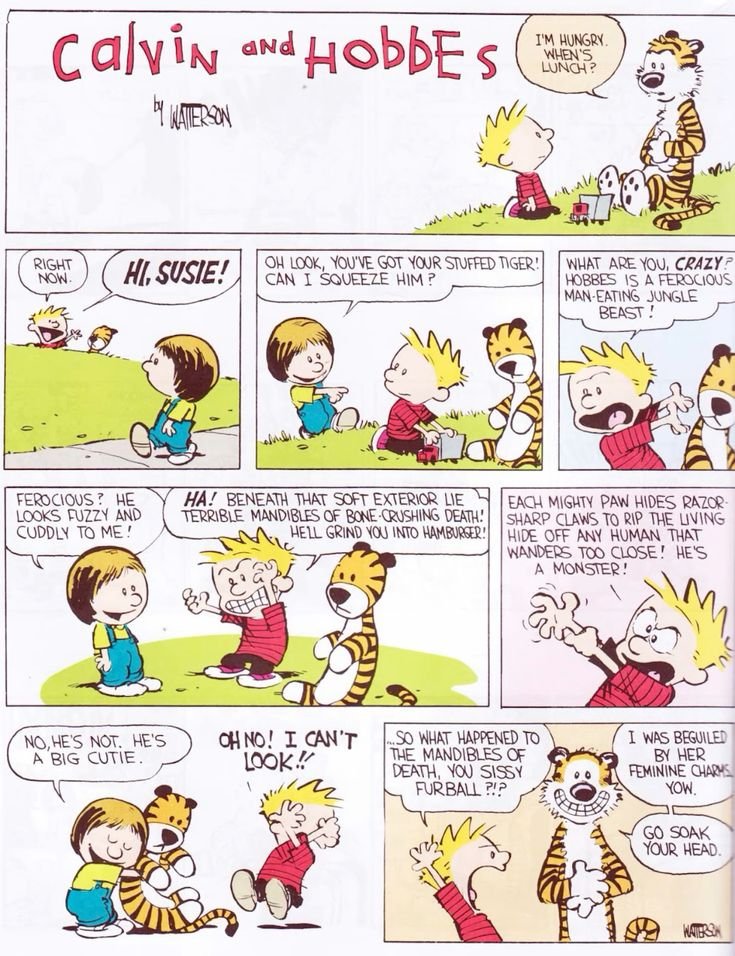
#13
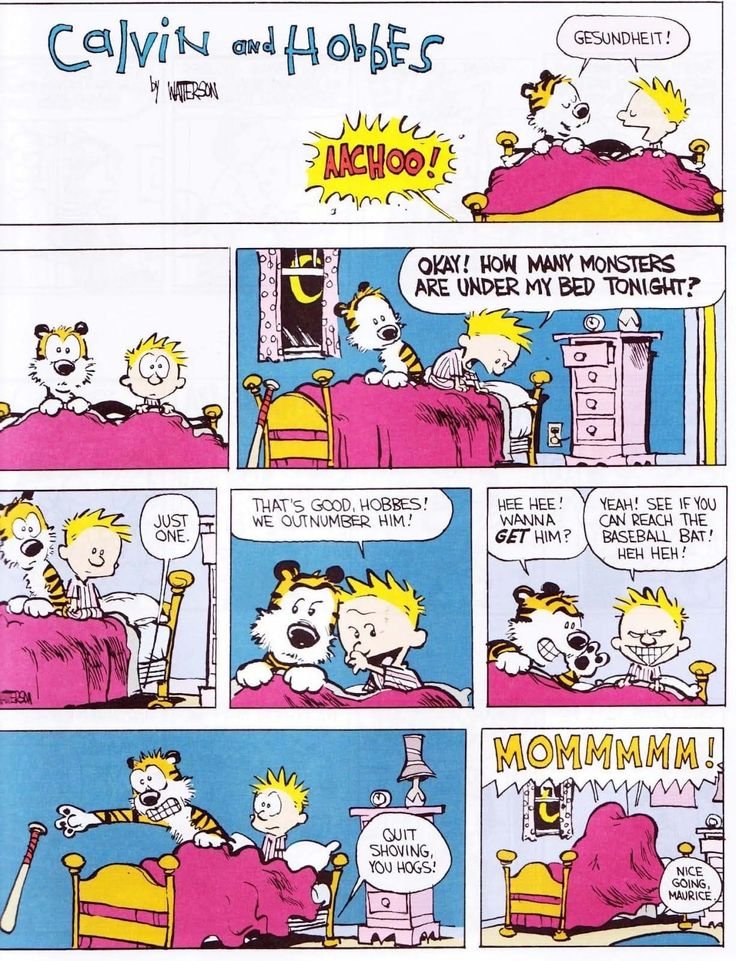
#14
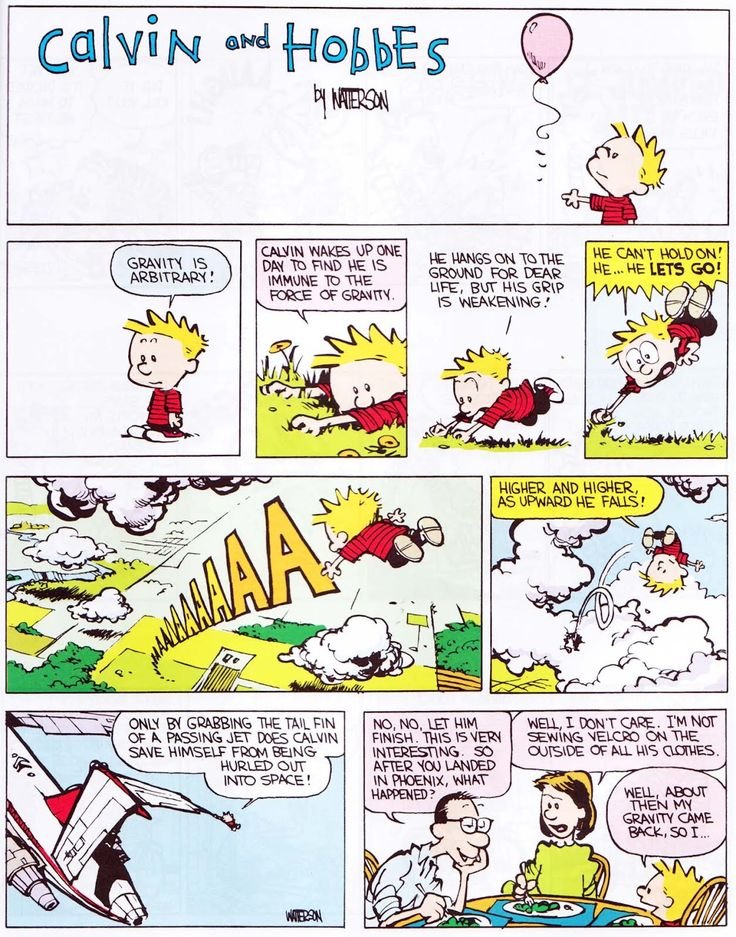
#15
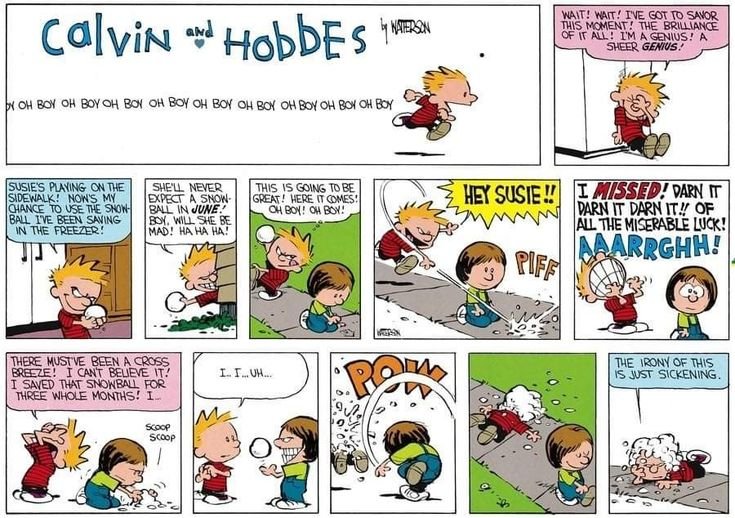
#16
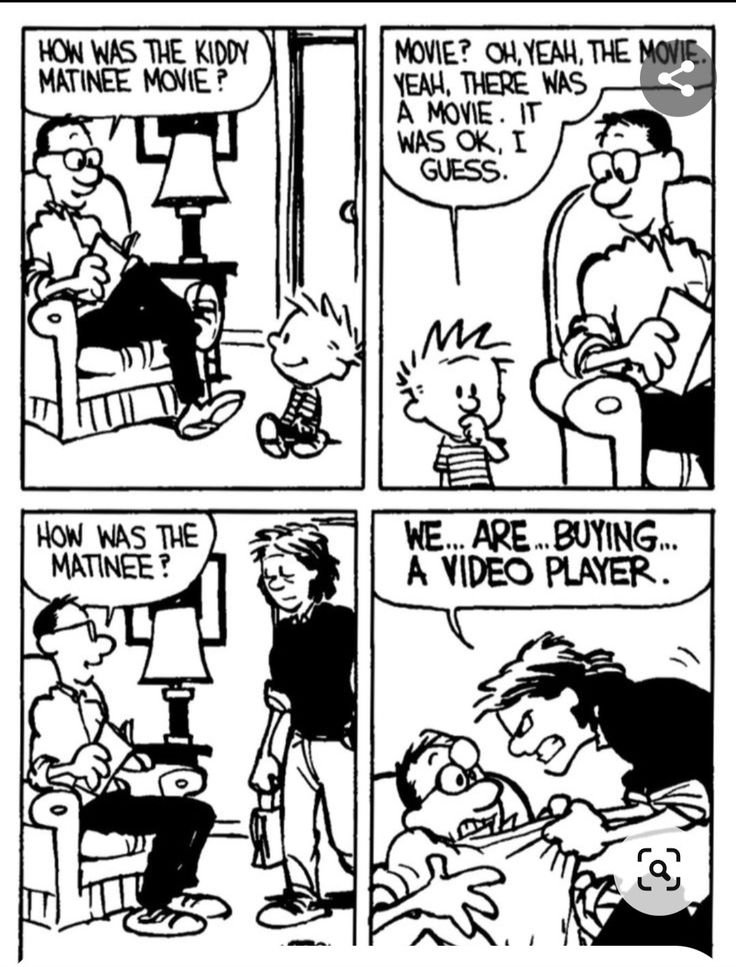
#17
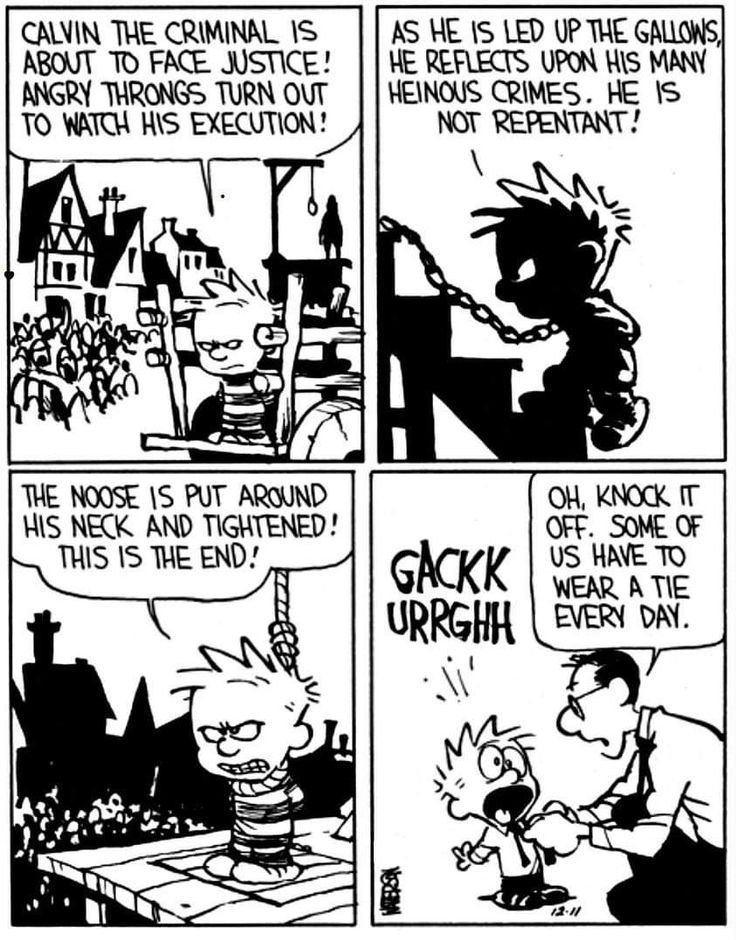
#18
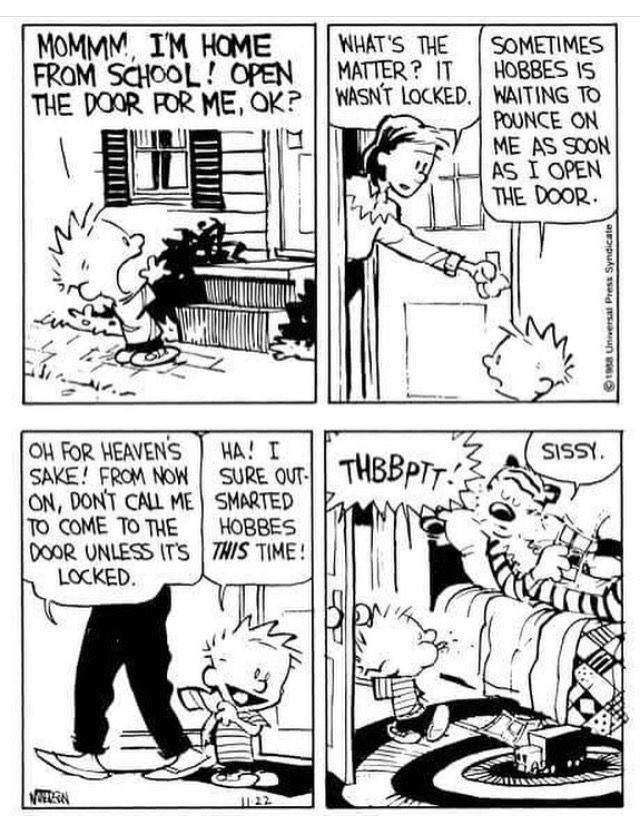
#19
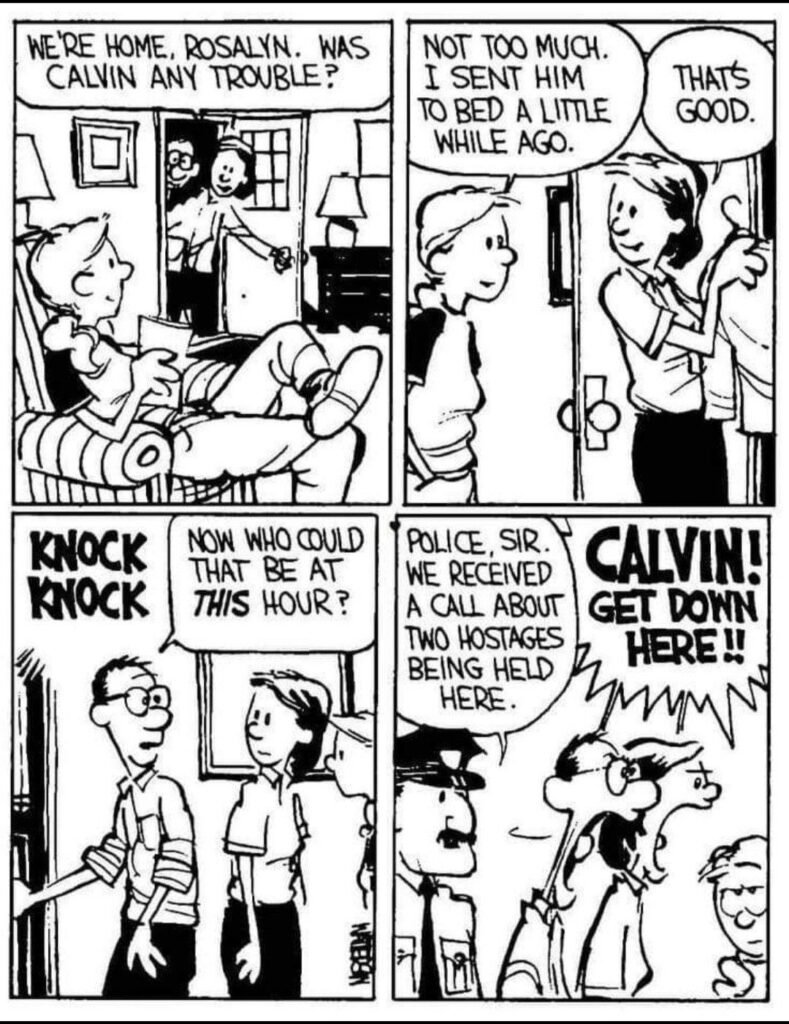
#20
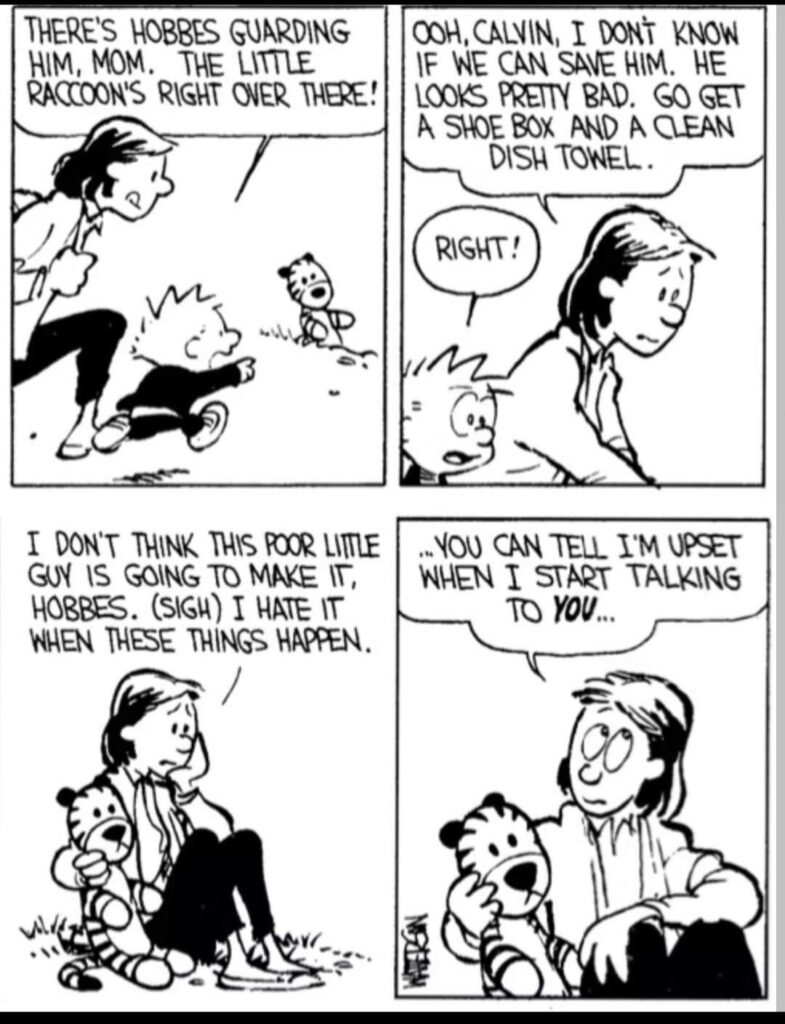
We laugh at the absurdity, but deep down, we remember. We remember turning our beds into fortresses and our bath towels into superhero capes. Calvin and Hobbes gave us permission to remember that part of ourselves, the part that saw the world not for what it was, but for what it could be. The strip’s beautiful watercolors brought these fantasies to life, blurring the line between reality and Calvin’s vibrant inner world. It taught us that the greatest adventures don’t require a video game console or a movie ticket; they only require a mind that is brave enough to wonder, “What if?” This celebration of creativity is the bedrock of the strip’s timeless appeal .
More Than a Stuffed Tiger: The Profound Friendship of Calvin and Hobbes 🐯
At the heart of every adventure is the relationship between Calvin and Hobbes. Is Hobbes a real tiger who comes to life when no one else is around, or is he just a stuffed animal, a product of Calvin’s imagination? The comic masterfully never answers this question, and that’s the point .
Their conversations are the soul of the strip. They debate the existence of God, the nature of happiness, the idiocy of humans, and the best way to torment Susie Derkins. Hobbes, with his sly grin and often cynical wisdom, is the perfect foil to Calvin’s manic energy. He pounces on Calvin, teases him mercilessly, but is also there to offer a quiet, comforting presence when Calvin is scared or sad. In one iconic strip, a scared Calvin crawls into bed with his parents after a nightmare. When his dad asks what’s wrong, Calvin says, “My tiger’s gone.” The next panel shows his dad looking at the stuffed tiger on the floor. But for Calvin, and for us, the absence is real. This is the emotional connection that makes the strip so powerful; it’s a testament to the idea that the friends we create in our minds can be just as vital and real as the ones we can see.
The Philosophical Depth Behind the Giggles 🤔
Make no mistake, Calvin and Hobbes is hilarious. The slapstick, the witty dialogue, the sheer chaos Calvin unleashes on his parents—it’s all brilliantly funny. But what elevates it from a great comic to a work of art is its surprising philosophical depth . Watterson used these two characters to explore some of life’s biggest questions, all within the space of a few panels.
Calvin’s sled rides, in particular, are a recurring metaphor for the journey of life. As he careens down a hill, he rumines on the nature of fate, free will, and the inevitability of the future. “It’s not the pace of life I mind,” he says once. “It’s the sudden stop at the end.” These moments stop you in your tracks. A six-year-old is contemplating mortality, and you realize you’re not just reading a comic; you’re reading poetry. The strip tackled environmentalism, consumerism, the flaws of the education system, and the meaning of art, all without ever feeling preachy. It made you think, and it made you feel, often on the same page.
A Parent’s Perspective: The Hilarious Struggle of Raising Calvin 😮💨
While the strip is from Calvin’s point of view, any parent reading it sees a reflection of their own life, albeit a more exaggerated one. Calvin’s mom and dad are the unsung heroes of the comic. parenting gold. 😂
His mom is the master of the deadpan response, the eye-roll that could stop a clock, and the quiet resilience required to clean up a mess that involves a dozen water balloons and the living room curtains. The humor here is deeply empathetic. We laugh with them, not at them. We see their love for Calvin in their exhaustion, in their quiet moments of tenderness, and in their unwavering commitment to raising this impossible, wonderful, brilliant little boy. bills, chores, and the daily grind of parenting a kid who asks “Why?” a thousand times a day.
The Legacy of Childhood Wonder : Why We Still Need Calvin and Hobbes ❤️
Years after the last strip was published, Calvin and Hobbes remain a cultural touchstone. It’s evergreen because the themes it explores are universal. We all were once Calvin, full of boundless energy and questions. We all hoped for a friend like Hobbes, who understood us completely. And many of us are now, or will be, like his parents, trying to navigate the beautiful chaos of raising our own kids.
The strip is a love letter to childhood wonder . It reminds us to not lose that part of ourselves that can find a universe in a cardboard box. It reminds us to question, to imagine, and to find a friend who will pounce on you when you least expect it, but will also be there to listen when you need to talk about the stars . side.
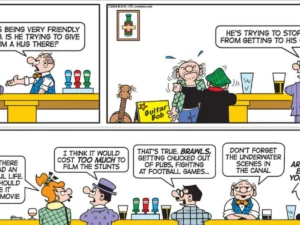
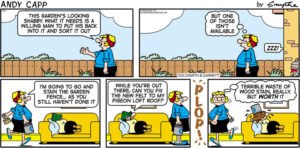
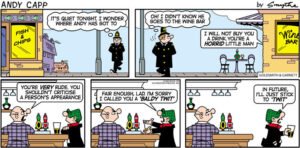
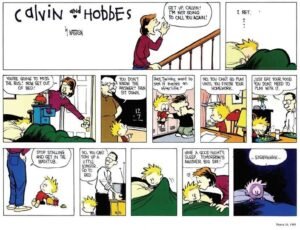
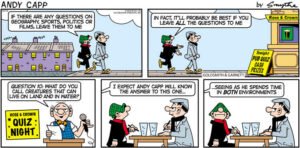
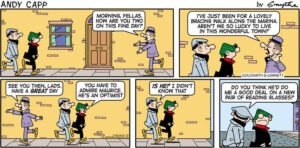
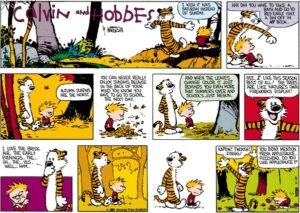
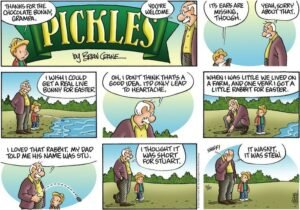
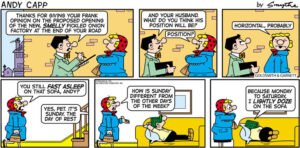
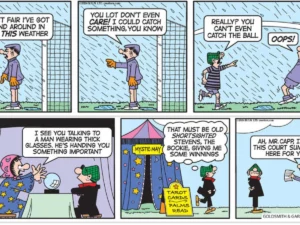
1 thought on “Daily Humor from Calvin and Hobbes Comics”